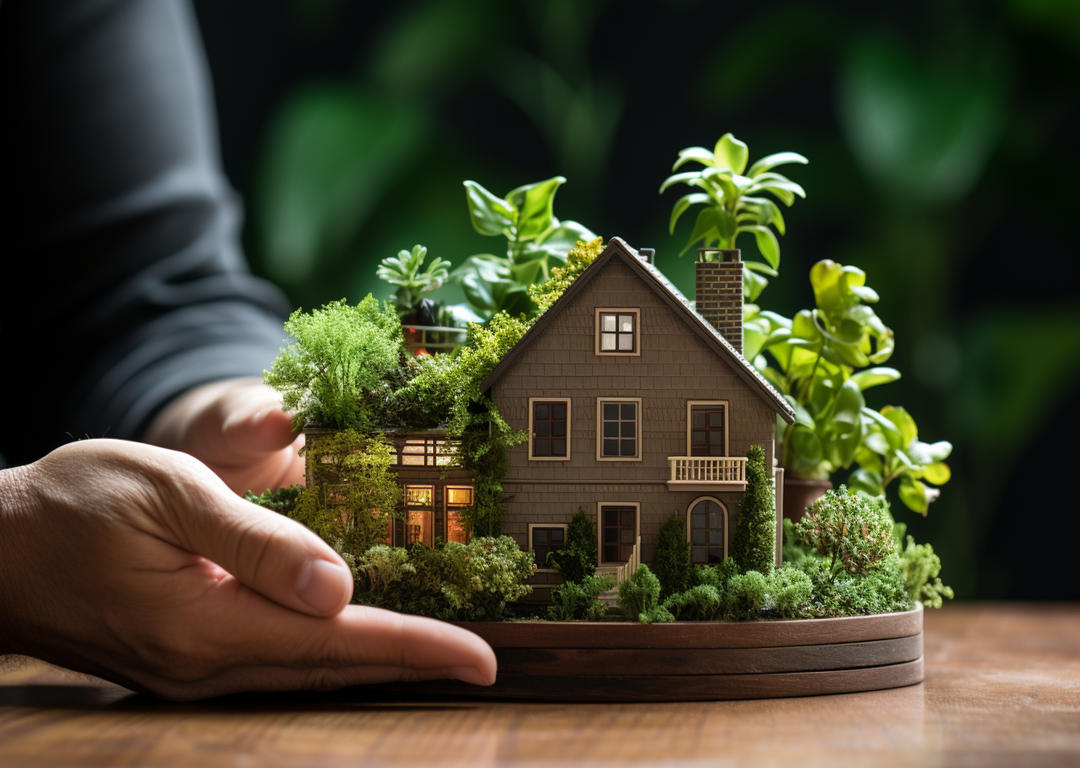
In recent years, the push for sustainable and eco-friendly building materials has grown significantly, driven by the desire to reduce environmental impact and enhance energy efficiency. As insulation plays a critical role in maintaining comfortable indoor temperatures and reducing energy consumption, choosing eco-friendly options is crucial for both environmental and economic reasons. In this article, we will explore the best eco-friendly insulation materials and practices, with a focus on their benefits, installation methods, and the long-term impacts on both homes and the environment. Go Green Insulation, serving Boise and Oregon, is committed to providing top-notch eco-friendly insulation solutions to homeowners and businesses alike.
Popular Eco-Friendly Insulation Materials
Cotton (Denim) Insulation
Cotton insulation, commonly known as denim insulation, is made from recycled cotton fibers, often sourced from old jeans and other textile waste. This material is treated with boric acid to enhance its fire resistance and deter pests. Denim insulation offers several advantages. It is sustainable, made from 85% recycled content, and reduces textile waste. Unlike traditional fiberglass insulation, denim insulation does not contain harmful chemicals or irritants. It also provides excellent thermal and acoustic insulation properties. Additionally, being flexible and easy to handle, it can be installed without the need for protective gear.
Sheep’s Wool Insulation
Sheep’s wool insulation is a natural, renewable resource that offers exceptional insulating properties. This material is increasingly popular for its sustainability and effectiveness. Wool fibers can absorb and release moisture, helping to maintain stable indoor humidity levels. Naturally fire-retardant without the need for chemical treatments, wool insulation is also biodegradable at the end of its life cycle and can be composted. Furthermore, it is resistant to mold, mildew, and pests, ensuring durability and longevity.
Cellulose Insulation
Cellulose insulation is made from recycled paper products, primarily newsprint, and treated with non-toxic borate compounds for fire resistance and pest control. This type of insulation is highly effective and environmentally friendly. Composed of up to 85% recycled materials, cellulose insulation provides excellent thermal performance, reducing heating and cooling costs. It is also effective at dampening noise, making it a good choice for residential applications. Moreover, it is generally cheaper than other eco-friendly insulation options, making it a cost-effective solution.
Cork Insulation
Cork insulation is harvested from the bark of cork oak trees, which regenerates, making it a sustainable resource. It is an excellent eco-friendly insulation option due to its unique properties. Harvesting cork does not harm the trees, allowing for repeated harvests over the tree’s lifespan. Cork insulation provides superior thermal and acoustic insulation, making it ideal for both temperature regulation and soundproofing. It is also resistant to rot, mold, and pests without the need for chemical treatments and is completely biodegradable and recyclable at the end of its life cycle.
Sustainable Insulation Practices
Proper Installation Techniques
Ensuring proper installation of insulation is critical to maximizing its effectiveness and energy efficiency. Hiring certified professionals ensures that insulation is installed correctly and performs as expected. Air sealing gaps and cracks in the building envelope before installing insulation prevent air leaks and improves energy efficiency. Moisture control is also essential; installing vapor barriers and proper ventilation reduces the risk of mold growth and moisture-related issues. Additionally, installing the appropriate thickness of insulation according to local climate conditions maximizes thermal performance.
Retrofitting Existing Buildings
Upgrading the insulation in existing buildings can significantly enhance energy efficiency and reduce environmental impact. Retrofitting involves conducting an energy audit to identify areas of heat loss and determine the most effective insulation solutions. Using blown-in cellulose or other eco-friendly materials can improve insulation in hard-to-reach areas such as attics and wall cavities. Adding additional layers of insulation in areas with insufficient coverage further boosts thermal performance and energy savings.
Reducing Waste
Minimizing waste during the insulation process contributes to sustainability. Using recycled materials with high recycled content is one strategy. Properly disposing of and recycling old insulation materials is another. Choosing durable insulation materials that have a long lifespan reduces the need for frequent replacements. Employing precise measurement and cutting techniques during installation minimizes offcuts and waste.
First-Hand Experience
At Go Green Insulation, we have firsthand experience with various eco-friendly insulation materials and practices. Our team of experts has successfully installed denim insulation in several homes across Boise and Oregon, providing excellent thermal and acoustic performance. We’ve also retrofitted older homes with cellulose insulation, dramatically improving their energy efficiency. Our commitment to sustainability extends beyond materials to include responsible waste management and recycling practices, ensuring that our projects have minimal environmental impact.
The benefits of eco-friendly insulation materials and practices are clear. They offer effective thermal and acoustic insulation, reduce energy consumption, and contribute to a healthier environment. By choosing sustainable insulation options, homeowners and businesses in Boise and Oregon can enjoy comfortable indoor climates while supporting environmental conservation. Go Green Insulation is dedicated to providing these eco-friendly solutions, helping our community build a more sustainable future.